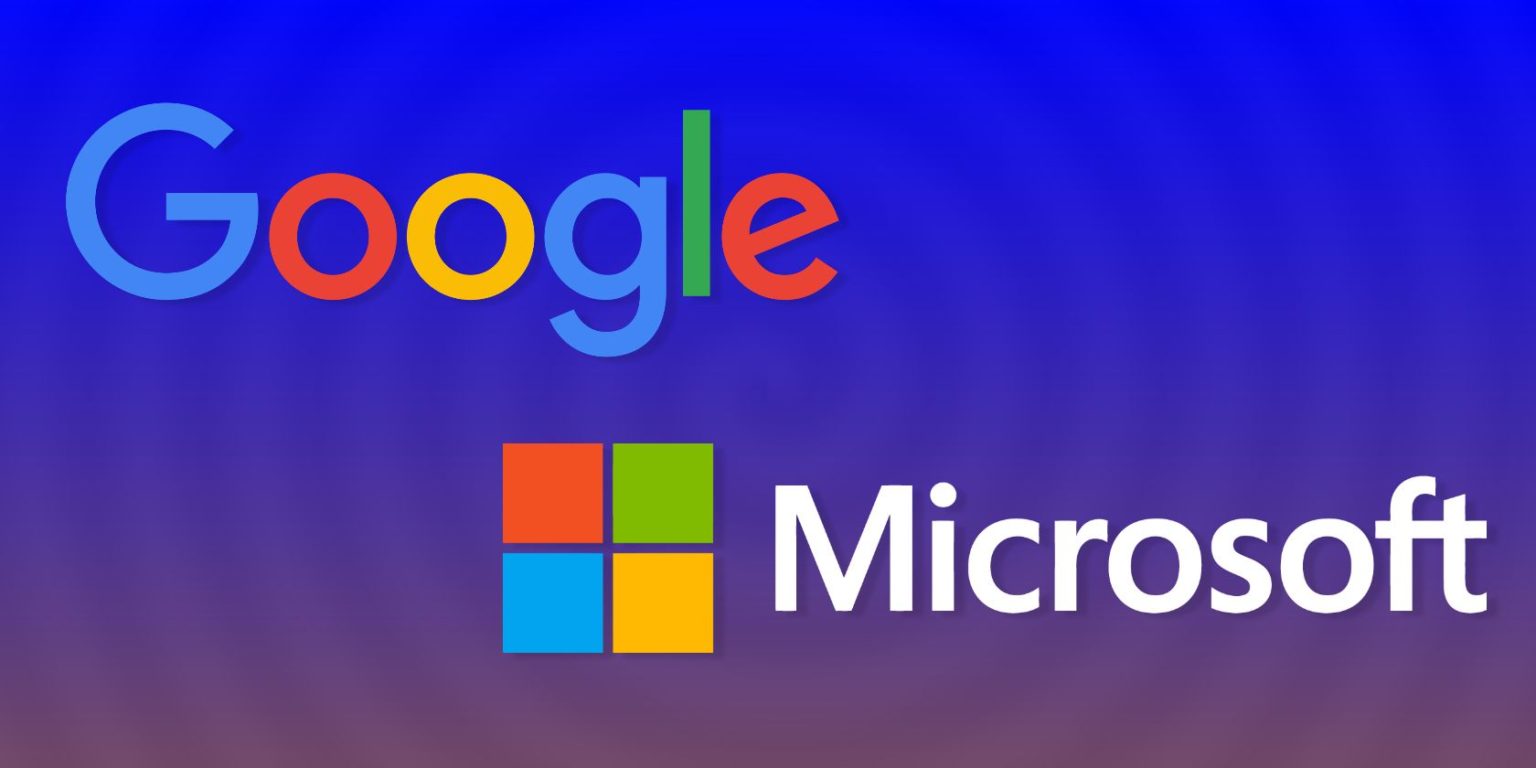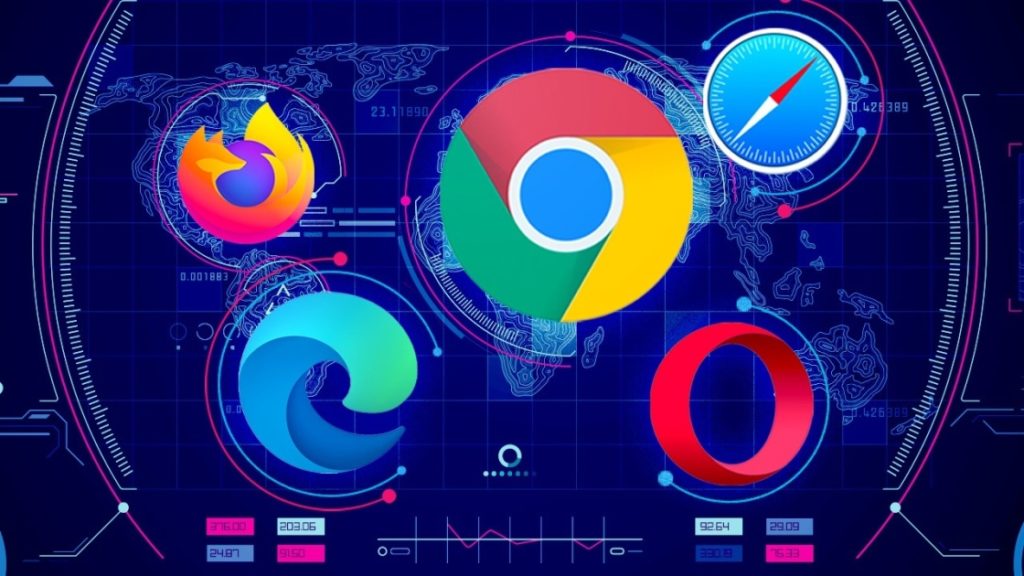Browser Compatibility Issue: #Compat2021
With the #Compat2021, Microsoft and Google collaborate to support web browser compatibility issues with a range of CSS (Cascading Style Sheets) features.

Overview
With the #Compat2021, Microsoft and Google collaborate to support web browser compatibility issues with a range of CSS (Cascading Style Sheets) features. This is to fix developer concerns; the organizations have joined forces to boost browser usability across five CSS features.
Google, Microsoft, and the wider web community have collaborated to address compatibility issues, allowing web developers to create websites that run seamlessly across browsers. The group used various metrics to determine which places to prioritize, including function use, the number of glitches, survey reviews, and test results.
What are the 7 Common Browser Compatibility Issues?
Inadequate Testing on Real Devices
Nothing beats the real thing, as the saying goes. Whatever the website is like, testing on actual browsers and devices, like real people, is the only way to ensure that it is bug-free across various browsers and devices. No virtual machine would ever be as powerful as native computer functionality. However, once a tester has access to a personal computer lab that updates regularly with the latest hardware and browser versions, actual software testing can be challenging and costly. Platforms such as BrowserStack fill this hole by offering instant access to a real application cloud of over 2000 device web combinations. Simply log in and choose device-browser combinations of your choosing to measure the compatibility and usability of your website.
HTML or CSS validation
Validation of HTML and CSS codes will cause significant issues for developers during cross-browser testing. It is completely possible for developers to be hindering by a mistake as minor as not closing a tag. Certain browsers can auto-correct this, while others may be unable to view the function that this section of the code operates on. Committing such an error can result in issues with Internet Explorer rather than Chrome.
Vendor-specific functions
Developers should keep in mind that when developing features/functionalities, they must use unique CSS code based on the browser they are designing for. The measures outlined above are crucial for preventing cross-browser compatibility problems. The creator must also apply the feature without the prefix to ensure that no errors appear in other browsers.
DOCTYPE Error
This is normally due to a flawed rendering caused by a missed simple line in the code. Browsers with out-of-date versions, such as Internet Explorer 8.0, often look for the DOCTYPE. If this is absent, the web would be made incorrectly. Since browsers run in two modes – Strict Mode and Quirks Mode – DOCTYPE is verified.
- In Strict Mode, the browser performs even tighter tests for code bugs to ensure that the code adheres to W3C standards.
- Quirks Mode is backward compliant with older browser versions and does not execute any rigorous code error checks.
When a website lacks a DOCTYPE tag, the browser enters Quirks Mode. At the same time, if the browser does not support HTML5, it would be unable to decide which version to search for. As a result, some tags will become disabled, and the website will appear incorrectly.
Outdated browser detection
Since browsers include technologies to maximize performance, usage will be less. If we use an old browser, it is likely that JavaScript may fail to identify the browser. This common cross-browser compatibility problem is caused by outdated JavaScript.
Missing CSS Resets
By default, all browsers have a template interface that will be extending to every website that is accessed in them. A website that wishes to choose its own layout must override the norm. A website is made differently depending on which browser is used until this is achieved.
Layout compatibility
Developers frequently use CSS Resets to replace the browser's default template with their own. This can lead to usability problems, either due to a non-responsive interface or a lack of support for specific formats on specific browser variants. It is preferable to use software such as CSS grids and Flexbox when dealing with modern templates. These tools are more useful for developers since the majority of desktop browsers supports them.
Improvements
On March 22, #Compat21 was released. The Compat 2021 dashboard allows you to monitor the project's progress. #Compat2021, which also includes open-source software consulting firm Igalia and the broader web community. They aim to improve compatibility in five areas:
- CSS Flexbox is a CSS package that specifies a CSS box model. It is actually for user interface design and object layout in a single direction.
- CSS Grid is mainly to divide a page into regions or to describe the relationship between sections of an HTML primitive-based control in terms of layer, location, and height.
- CSS Position: sticky, also known as sticky positioning. It is a combination between relative and fixed positioning.
- CSS aspect-ratio property refers to a CSS property that specifies the desired aspect ratio for the box, which is then used in the measurement of auto sizes and other layout features.
- We use CSS transforms to rotate, scale, skew, or convert an element.
These focus areas were defined by the project's joint working group based on the number of relevant vulnerabilities in each vendor's monitoring system, feature usage data, survey reviews, CanIUse data, and web-platform-tests test results. Members of the working group will concentrate on their respective implementations. The Microsoft Edge team intends to contribute patches to the Google-sponsored Chromium project in order to clear all CSS Grid checks by 2021 and to help improve cross-browser interoperability.
Bottom Line
Do you find this article beneficial? We, here at Web Mavens, share with you all the technical news. You can also browse our website to know more about us. You can also check our services and the technologies we use. We are happy to hear from you.
If you find this blog interesting, then please do check out our blogs. If you have any questions, then contact us. We are happy to hear from you.
